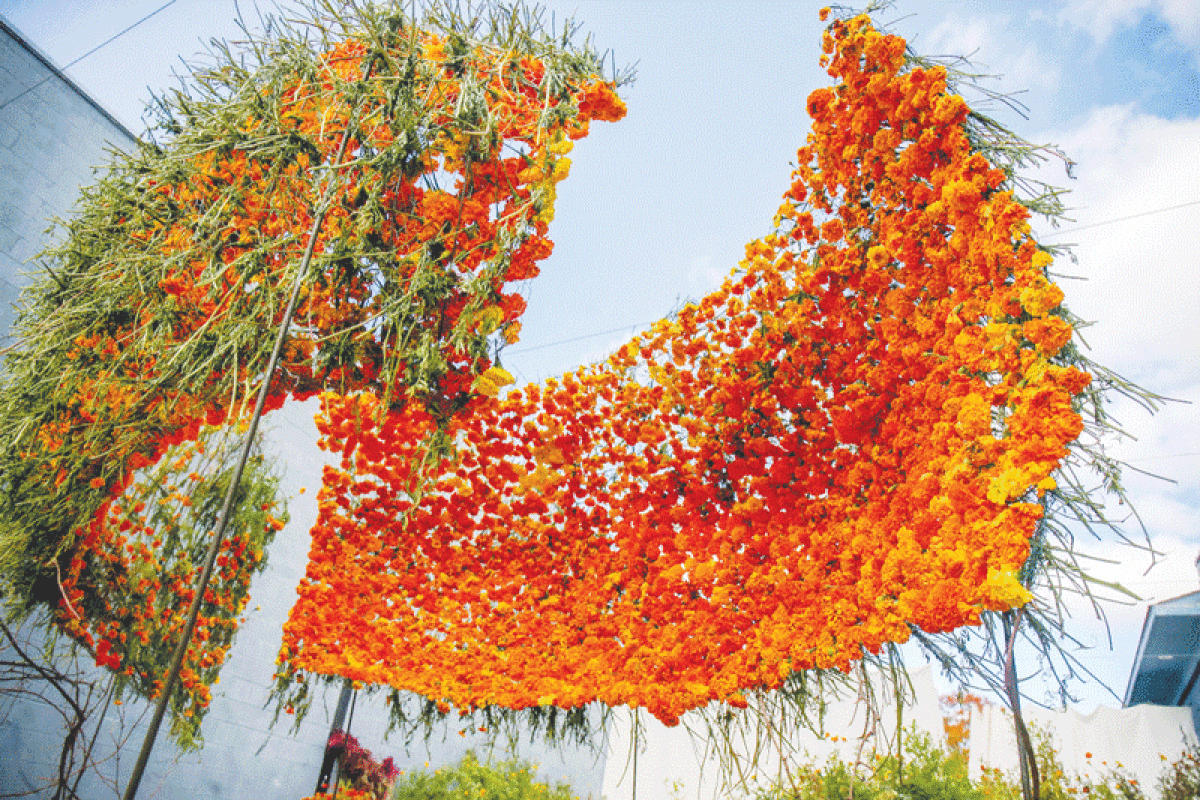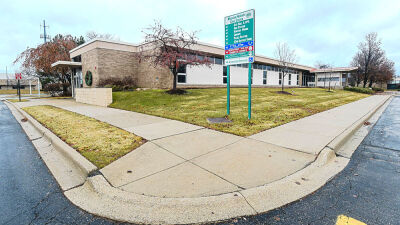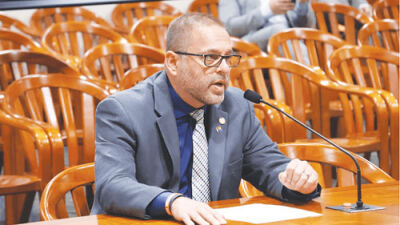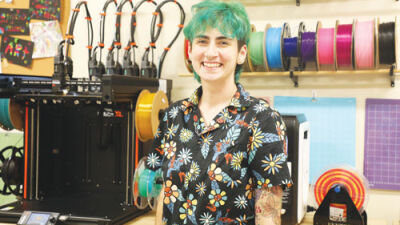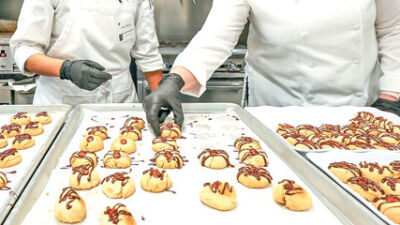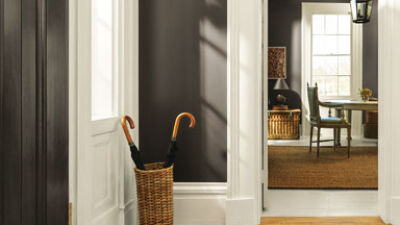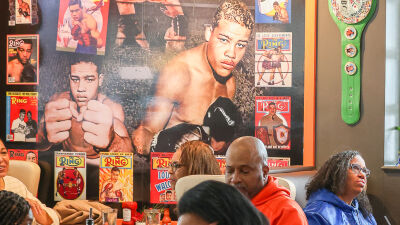HAZEL PARK — Green thumbs across southeast Michigan are invited to request seeds for marigold flowers and then grow them at home, so that their blooms can be donated to a massive walk-through art installation this fall in Hazel Park.
It’s all part of the Marigold Project, billed as a “social sculpture,” featuring thousands of the flowers in intricate arrangements. The project is coordinated by two businesses — Richard Gage Design Studio, and anhelo anhelo LLC — and the West End Hazel Park Business Coalition.
According to sculptor Alexandria Virginia Martin, founder of anhelo anhelo, the exhibit will open the weekend of Oct. 15, around which time the volunteer growers will be called upon to contribute their blooms. The exhibit will be constructed in the open lot next to Richard Gage Design Studio, located at 425 W. Nine Mile Road in Hazel Park, where it has been the last two years.
People can sign up for the seeds online either at wehazelpark.com/marigold-project, or at anheloanhelo.com/seed-signup. The seeds are for a variety of marigolds that grow to be 3 feet tall. Each pack has “a more generous amount than a standard seed pack from a store,” Martin said, and one can request extra seeds if needed.
“We have plenty, and can accommodate people with large gardens, community gardens or urban farms,” Martin said via email. “They need only let us know!”
The seeds should be planted a quarter inch deep in an area that receives full sun. They are rather hardy once established, she said, but do require extra watering until they get to be 6-12 inches.
“They are a crackerjack mix, meaning they bloom in light yellows to bright yellows to deep oranges,” Martin said. “They take 90 days to bloom, so be patient!”
Those who sign up for seeds can also sign up for a newsletter keeping them apprised of the project’s progress. Arrangements can be made for the flowers to be picked up, if needed.
“In previous years, assembly has taken place during the two days prior to the opening, to preserve freshness of the flowers,” Martin explained. “We put out a call for volunteers to help build, encouraging all to come — no skills necessary — in hopes of sharing the intimate process of collaboration, and the rewarding feeling of building and learning together as a community.”
This year will also feature a number of creative workshops, “some tactile and some intellectual in nature,” Martin said. Last year featured a zine-making workshop where artists got together to draw for hours while also experimenting with typewriting and other techniques. Their collaborative work is set to be published by anhelo anhelo this summer.
“These events showed us that people want to know and share more,” Martin said. “This led us to play with … a kind of direct and free participation in artistic processes that you don’t (often) see in the art world.”
The exhibit itself will also be more involving this year.
“This year, we are structuring the build of the installation and workshops to be an even more participatory process, in which people who come to the opening will have the opportunity to engage, in a structured and easy way, in placing blooms into the installation,” she said.
The Marigold Project was inspired, in part, by Hazel Park’s ArtOber Sculpture Walks that stopped after 2019.
“In (the exhibit’s) first year in 2020, we saw a need for clear communication between residents — a forum open to all that could gather around art because we are artists,” Martin said. “We hoped to generate connection and dialogue that could pull people together on a grassroots level.”
The exhibit’s first year raised funds for Jardon Vocational School, but it became evident that the model was not sustainable since the exhibit was contributing more than it raised. In 2021, donations were collected only for the project itself, as will be the case this year. A number of local businesses and groups also support the project as collaborators and sponsors.
Several thousand flowers came from a couple of hundred people in both 2020 and 2021.
“Each (installation) offered a uniquely different emotive experience,” Martin said. “The results … really shed light on the power that art can have in people’s lives.”
Richard Gage, the artist namesake of Richard Gage Design Studio, agreed.
“I believe it’s important for community building, for people to be able to comfortably play in the art world,” Gage said in an email. “Sharing it with others is important.”
 Publication select ▼
Publication select ▼